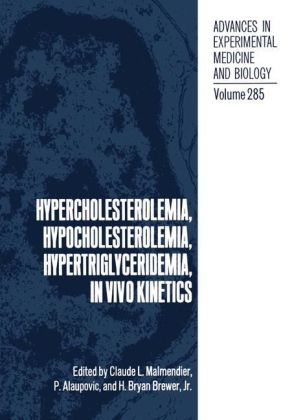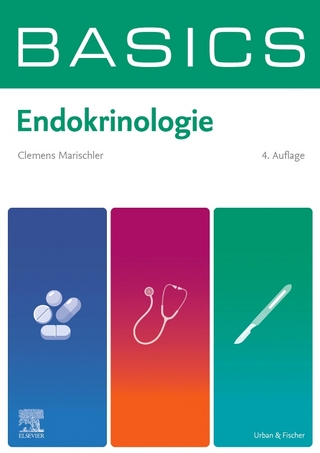
Hypercholesterolaemia, Hypocholesterolaemia, Hypertriglyceridaemia in Vivo Kinetics
International Colloquium Proceedings
Seiten
1991
|
1991 ed.
Kluwer Academic / Plenum Publishers (Verlag)
978-0-306-43814-1 (ISBN)
Kluwer Academic / Plenum Publishers (Verlag)
978-0-306-43814-1 (ISBN)
- Titel ist leider vergriffen;
keine Neuauflage - Artikel merken
Proceedings of the Fifth International Colloquium on Atherosclerosis, held in Brussels, Belgium, March 14--16, 1990
The past two decades have seen steady progress in our understanding of the pathogenesis of atherosclerosis. The role of low density lipoprotein (LOL) increase and of LOL receptor deficiency or malfunctions in familial hypercholesterolemia has been largely enlightened by the works of Brown and Goldstein. These authors postulated also that modification of LOL to a form recognized by the scavenger or acetyl-LOL receptor may be required for lipid loading of macrophage-derived foam cells in the lesions. A growing body of evidence suggests that oxidative modification of LOL could enhance its atherogenicity by its implication as a factor in the generation of foam cells. Thus, if the role of LOL in the pathogenesis of hypercholesterolemia was well established a great deal of information appears currently on new approaches such as the mechanisms leading to the accumulation of foam cells, the impact of LOL structural alterations, notably oxidation and the role of gene mutations of apolipoprotein Band/or LOL receptor The opening topic is devoted to these new avenues outlined in the field of hypercholesterolemia. The first part concerns the genetic aspects of atherosclerosis: mainly the genetics of apo 1 ipoprote ins, their transcriptional regulation, the amino acid mutations of the apo B gene and of the LOL receptor gene, the structural domains and the acylation sites of apoprotein B.
The past two decades have seen steady progress in our understanding of the pathogenesis of atherosclerosis. The role of low density lipoprotein (LOL) increase and of LOL receptor deficiency or malfunctions in familial hypercholesterolemia has been largely enlightened by the works of Brown and Goldstein. These authors postulated also that modification of LOL to a form recognized by the scavenger or acetyl-LOL receptor may be required for lipid loading of macrophage-derived foam cells in the lesions. A growing body of evidence suggests that oxidative modification of LOL could enhance its atherogenicity by its implication as a factor in the generation of foam cells. Thus, if the role of LOL in the pathogenesis of hypercholesterolemia was well established a great deal of information appears currently on new approaches such as the mechanisms leading to the accumulation of foam cells, the impact of LOL structural alterations, notably oxidation and the role of gene mutations of apolipoprotein Band/or LOL receptor The opening topic is devoted to these new avenues outlined in the field of hypercholesterolemia. The first part concerns the genetic aspects of atherosclerosis: mainly the genetics of apo 1 ipoprote ins, their transcriptional regulation, the amino acid mutations of the apo B gene and of the LOL receptor gene, the structural domains and the acylation sites of apoprotein B.
| Reihe/Serie | Advances in Experimental Medicine and Biology ; 285 |
|---|---|
| Zusatzinfo | biography |
| Verlagsort | Dordrecht |
| Sprache | englisch |
| Themenwelt | Medizinische Fachgebiete ► Innere Medizin ► Endokrinologie |
| ISBN-10 | 0-306-43814-3 / 0306438143 |
| ISBN-13 | 978-0-306-43814-1 / 9780306438141 |
| Zustand | Neuware |
| Haben Sie eine Frage zum Produkt? |
Mehr entdecken
aus dem Bereich
aus dem Bereich
Buch | Hardcover (2023)
UNI-MED (Verlag)
CHF 55,70


